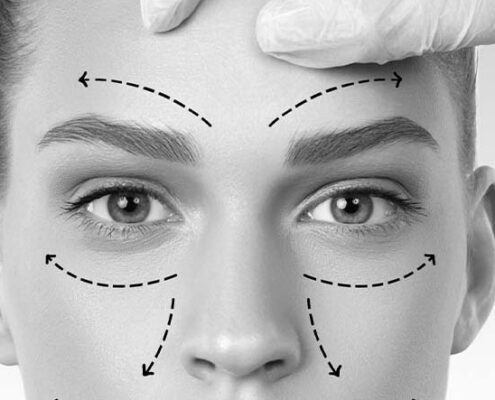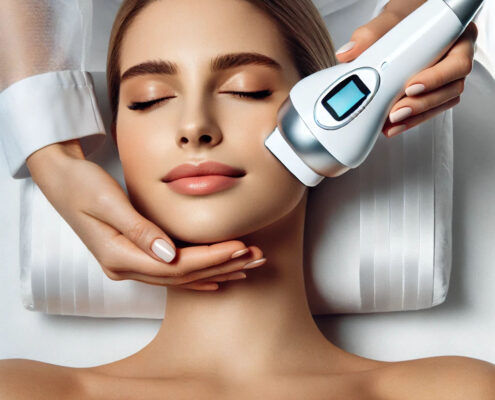Botox After care: 10 Things you need to know
Hello, my name is Helen.
I’ve been a qualified Nurse for 39 years, working mainly in Surgical Care in the NHS. I worked as a ward Sister for 23 years and finally, as a Surgical Matron reviewing safety and surgical interventions for my Directorate. During my career I was responsible for clinical training, reviewing clinical practice and investigating safety events.
I am a highly experienced clinician and a certified Aesthetician able to offer advanced skin treatments and cosmetic procedures. I offer safe, subtle procedures to help soften the signs of aging and enhance your natural looks.

Helen is a certified aesthetics nurse at a private clinic in Banwell. Helen offers a range of Non-Surgical Facelift procedures
Botox After care: 10 Things you need to know
While Botox injections are minimally invasive and usually involve little to no downtime, your facial muscles and skin still need time to respond to the treatment. Improper aftercare can lead to complications such as:
- Bruising and swelling
- Drooping eyelids or eyebrows
- Asymmetrical results
- Reduced treatment longevity
✅ What You Should Do After Botox
1. Stay Upright for at Least 4 Hours
Avoid lying down or reclining immediately after your appointment. This helps prevent the Botox from migrating to unintended areas of your face.
2. Gently Exercise Your Facial Muscles
Subtle movements like raising your eyebrows and smiling can help the Botox settle into the targeted muscles faster.
3. Use a Cold Compress (if needed)
Apply a cold compress gently to reduce mild swelling or bruising.
4. Keep Your Face Clean and Product-Free
Skip makeup and creams for at least 6 hours to avoid irritation or infection.
5. Hydrate and Nourish
Drink water and eat antioxidant-rich foods to help your skin heal and thrive.
What to Avoid After Botox
1. No Touching or Rubbing the Area
Touching the treated area can cause the Botox to spread unintentionally.
2. Skip the Gym for 24–48 Hours
High-intensity exercise may increase blood flow and interfere with results.
3. No Alcohol or Blood Thinners
These can increase your risk of bruising. Avoid them for at least 24 hours.
4. Don’t Get Facial Treatments or Massages
Wait 7–10 days before getting other facial procedures or massages.
5. Avoid Sun and Heat Exposure
Stay away from direct sunlight, saunas, and hot showers for 48 hours.











